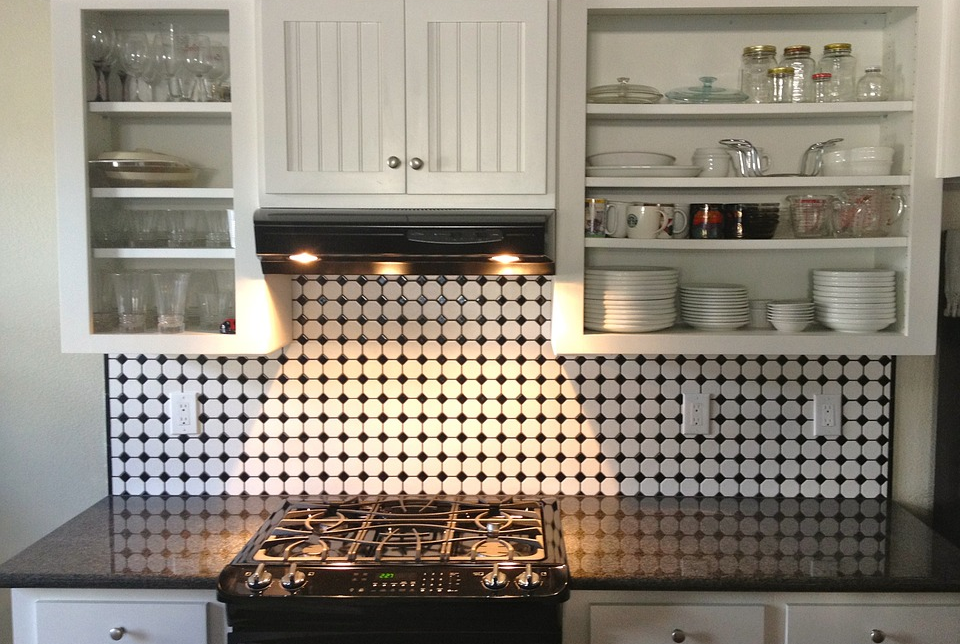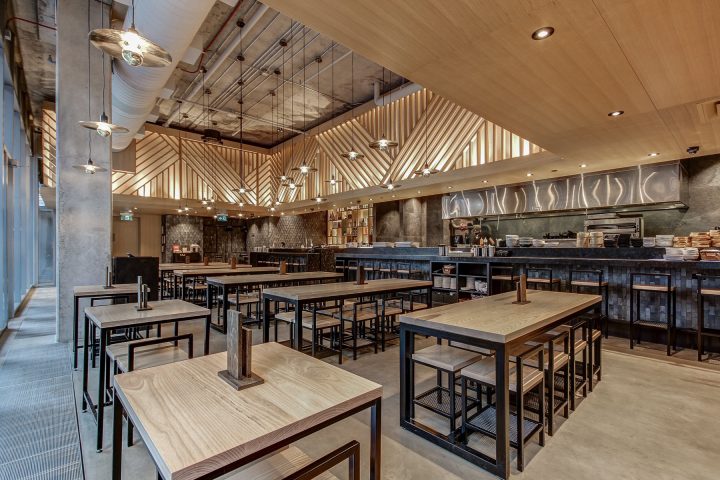
Carpentry is an umbrella term that refers to a broad range of woodworking practices. Standing under this umbrella are two prominent categories: millwork and casework. Both terms are (mistakenly) seen as interchangeable and interconnected with the construction process. While they share some similarities, they have their fair share of differences. Their role in building architecture is important overall, but custom millwork and casework provide different things for a project.
Millwork
Millwork (aka. millwork design) refers to finished building products or woodwork whose creation occurs inside a mill. Examples of such creations include:
- Doors
- Armoires
- Embellishments
- Crown moulding
- Embellishments
- Wall panelling
- Mantels
- Display counter design
- Custom kitchen cabinet drafting
With that said, there are some elements that are integral parts of the building that do not count. Despite being made of wood, the ceiling, flooring, and siding of a building are not in this category. To officially be “millwork,” the construction of the final product must specifically be into the space. If not, it would simply be furniture.
Need a Quality & Tested Custom Millwork & Design Service?
Click here to see BUILD IT’s Custom Millwork & Design Service
There is a general rule of thumb when it comes to budgeting millwork. That being the millwork items’ cost will be two to three times the cost of necessary materials.
Elaborating on custom millwork
Custom millwork is tailor-made woodwork that exists for practical and decorative purposes. Moulding (aka. trim or crown moulding) is the most common object in millwork. Due to these items being custom-made, the outcome is unique woodwork that perfectly suits your taste and requirements.
The drafting of custom millwork encompasses building products that are typically for decorative purposes (i.e. architectural ornamental products). Additionally, they are primarily Engineered-To-Order (ETO). The draftsmen use the size requirements to better complement the personal choices of the customer.
Casework
Casework is exactly as the name suggests: manufacturing the boxed furniture. Some notable types of casework include:
- Cabinets, whether they be for display or storage
- Tables
- Drawers and racks
- Dressers
- Bookcases
- Storage spaces
- Desks
Casework is often less expensive than millwork due to its en masse construction. The development of most – if not all – of its components comes from one of two methods. They undergo prefabrication either on an assembly line or a standard template.
The main differences
The first difference between millwork and casework is the fact that millwork is custom-made. It includes all sorts of custom woodworking pieces like custom storage, shelves for cabinets, and even elevator surrounds. These examples need to be customized for a specific space.
Another difference is that casework refers to stock goods à la Ikea. Casework is basically shelving, storage, and cabinetry – among other items – that you can buy ready-made. Unlike millwork, casework is not custom. However, its construction comes with standard measurements and dimensions. Because of this, casework is typically comparatively cheaper than millwork. For the most part, casework is assembled cabinetry. If its construction is not complete, it is at least partial.
Is custom millwork the better option? Or is casework?
A key ingredient in significantly reducing the cost of each casework piece is simplified production. Furthermore, that modularity provides more liberty to people regarding how and where they want to position the casework. In contrast, millwork is often very expensive and only fits a specific environment.
Explore Industrial & Commercial Turnkey Services & Projects
BUILD IT’s Commercial & Industrial Construction Services / BUILD IT’s Commercial & Industrial Construction Projects
On the other hand, there are some drawbacks to the mass-market factor of casework. There is a severe lack of uniqueness, variable build, and quality of materials. Also, rather than adapt to the client’s design, the client will have no choice but to accommodate the manufacturer’s design.
Millwork is the ideal option to go with if having a cohesive and custom-fit design is the project’s main goal. It is also vital when considering the woodwork that needs the measurement of a specific size (ex. kitchen cabinets).
In the end, both millwork and casework are useful in various projects. Retail stores, commercial offices, hotels, parks, furniture upholstery, racks and shelves, lighting, restaurant construction, the list goes on. They are essential in their own ways and provide various advantages. If you want a quote for your next millwork or casework project, don’t hesitate to contact us here BUILD IT’s contact info.
